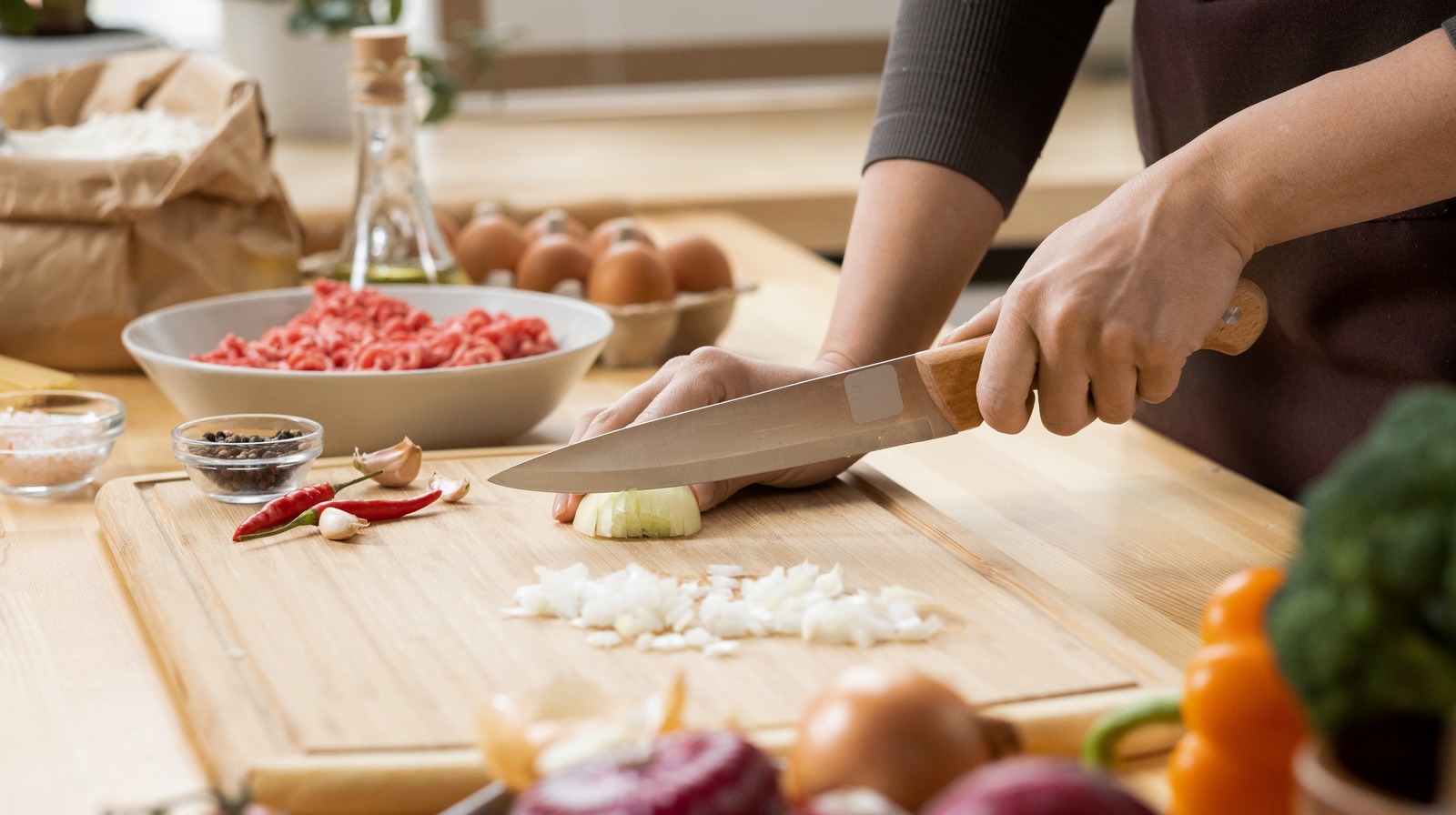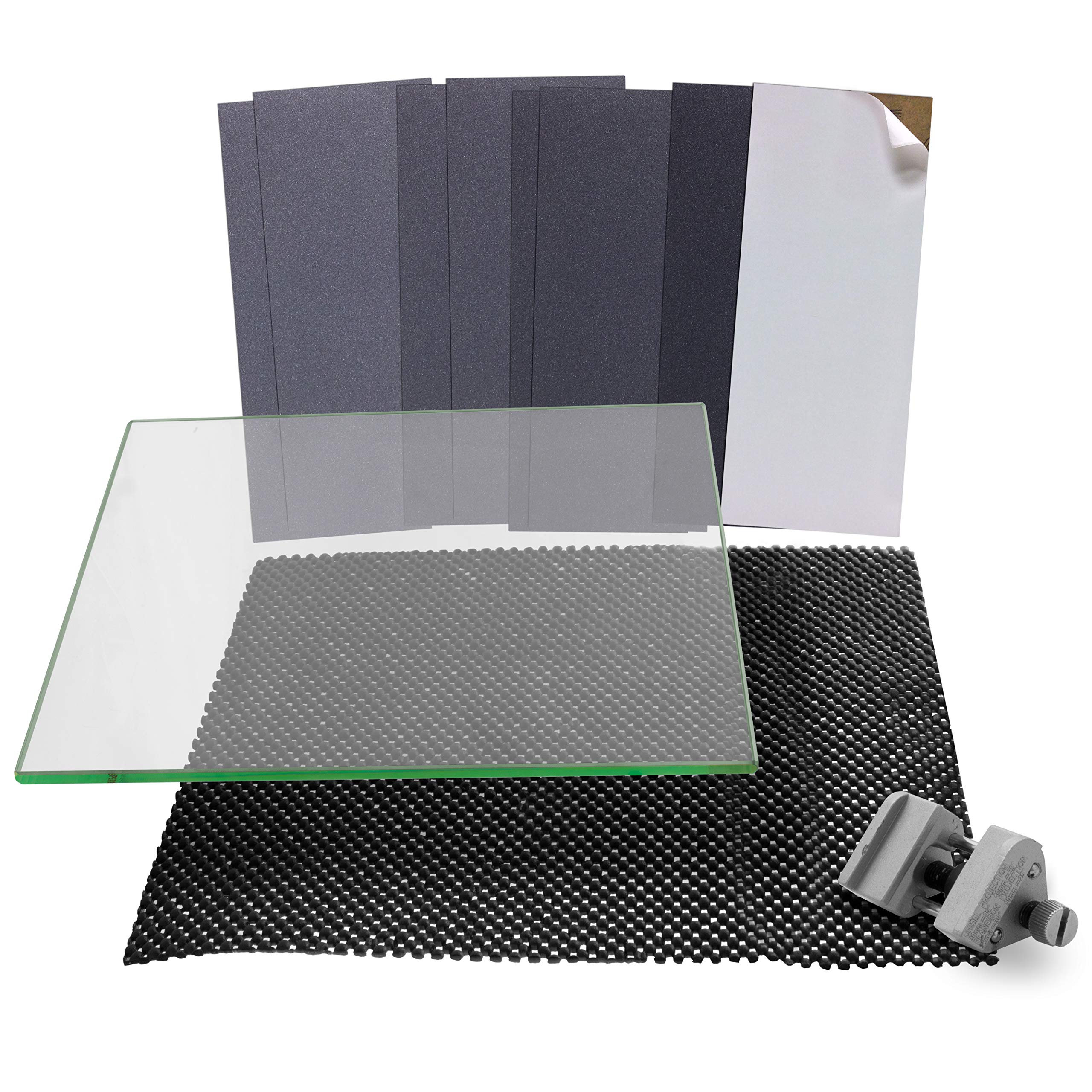Yes, you can sharpen a knife with sandpaper. In fact, sandpaper is a cost-effective and readily available tool for honing the edge of a knife to restore its sharpness.
By running the blade across the sandpaper at the appropriate angle, you can effectively remove dullness and create a sharper cutting surface. Additionally, sandpaper can be used to smooth out any imperfections or burrs on the knife’s edge, improving its overall performance.
Understanding The Surprising Truth
Understanding the surprising truth about sharpening knives with sandpaper involves grasping the basics of knife sharpening and the crucial role of abrasives. When it comes to honing a knife’s edge, sandpaper can be a viable option. The process entails using gradual abrasion to remove the dullness from the blade, ultimately restoring its sharpness.
By choosing the appropriate grit, individuals can effectively achieve the desired outcome. It is essential to note that sandpaper should be used with caution, as it can be abrasive and may require additional steps, such as stropping, to refine the edge further.
With proper technique and attention to detail, however, sharpening a knife with sandpaper can prove to be an efficient solution. In this blog post, we will explore the intricacies of this method and provide valuable insights for successful knife sharpening.
Exploring The Properties Of Sandpaper
Sandpaper is a handy tool for sharpening knives due to its unique properties. Composed of abrasive materials, it comes in various grit sizes that determine its coarseness. Coarser grit sizes remove more material, while finer grit sizes provide a smoother finish.
When using sandpaper to sharpen a knife, the abrasive surface grinds away at the dull edge, gradually restoring its sharpness. It’s important to hold the knife at the correct angle and apply consistent pressure while moving it along the sandpaper in a controlled manner.
This process removes the blade’s imperfections and creates a new, fine edge. While sandpaper may not be the conventional choice for knife sharpening, it can still be effective if used correctly. So, the next time you need to sharpen your knife, consider giving sandpaper a try!
Testing The Feasibility Of Using Sandpaper
Sharpening a knife with sandpaper is a practical possibility worth exploring. To begin, selecting the appropriate grit size is crucial. Start with a coarse grit to reshape the blade and remove any nicks or dullness. Then, progress to a finer grit to refine the edge.
It’s essential to maintain a consistent angle of the blade against the sandpaper while applying even pressure. Keep in mind that sharpening a knife with sandpaper requires patience and precision. Regularly check the blade’s sharpness by lightly running your finger across the edge, ensuring it feels sharp and smooth.
With a step-by-step guide and attention to detail, you can achieve a sharp knife using sandpaper as a tool. Remember to practice caution and prioritize safety throughout the process.
Weighing The Advantages And Disadvantages
Sharpening a knife with sandpaper can have its advantages and disadvantages. On the positive side, using sandpaper for sharpening allows for precision and control, as it enables you to gradually remove material and achieve the desired sharpness. Additionally, sandpaper is more accessible and affordable compared to specialized sharpening tools.
However, there are some potential limitations and drawbacks to consider. Sandpaper sharpening requires time and patience, as it may take several passes to achieve the desired results. Moreover, it may not be suitable for all types of knives, especially those with delicate or thin blades.
Furthermore, the process of sharpening with sandpaper can wear down the paper quickly and thus may not be cost-effective in the long run. Understanding these pros and cons will help you determine if sandpaper sharpening is the right method for you.
Exploring Other Options For Sharp Knives
Exploring alternative methods for maintaining sharp knives is essential. Traditional sharpening stones have been a go-to option for craftsmen for ages. Electric knife sharpeners provide convenience and efficiency, making the process hassle-free. Synthetic diamond sharpeners are gaining popularity for their ability to deliver precise results.
These options offer diverse choices for individuals seeking the perfect sharpness for their knives. Experimenting with various techniques can lead to finding the most suitable method for your needs. It’s important to explore the alternatives to ensure your knives remain sharp and efficient in their functionality.

Credit: www.tastingtable.com
Promoting Longevity And Cutting Performance
Sharpening a knife with sandpaper is a practical way to enhance its longevity and cutting performance. To ensure your knife remains sharp, proper storage is crucial. Additionally, regular honing and maintenance help maintain the sharpness and effectiveness of your blade.
Proper knife storage involves keeping your knife in a designated spot, such as a knife block or a sheath. This reduces the risk of damage and keeps the blade protected. Regular honing involves using a honing rod to realign the knife’s edge, keeping it sharp.
Maintenance includes cleaning the blade after each use and avoiding abrasive surfaces that can dull the knife. By following these simple guidelines, you can promote longevity and cutting performance for your knife.
Conclusion
Sandpaper can be a useful tool for sharpening a knife, especially in emergency situations or when you don’t have access to traditional sharpening tools. While it may not provide the same level of sharpness as a dedicated knife-sharpening system, sandpaper can still help restore a dull blade to a usable condition.
When using sandpaper to sharpen a knife, it’s important to focus on maintaining a consistent angle and using the proper grit for your specific needs. Start with a coarse grit and gradually work your way up to a finer grit to achieve a sharper edge.
Remember to always exercise caution and use protective gear to avoid injury. Overall, sandpaper can be a viable option for knife sharpening, but it’s important to consider the limitations and always strive for the highest level of quality and safety in your blade maintenance.

This is Kristina, a passionate content writer, copywriter, and bookworm. Always dedicated to providing informative and accurate product reviews for enjoyable shopping. In my free time, I love spending time in nature and with animals and doing yoga.

